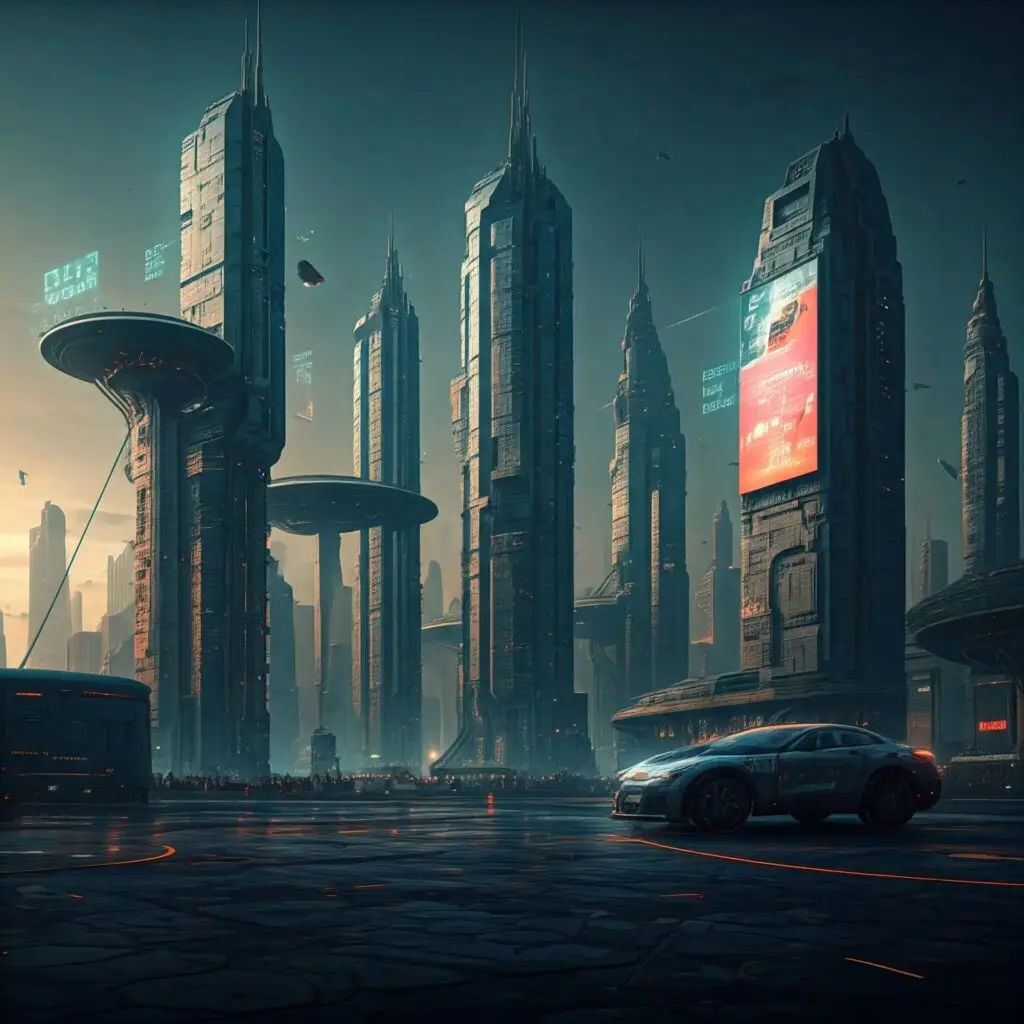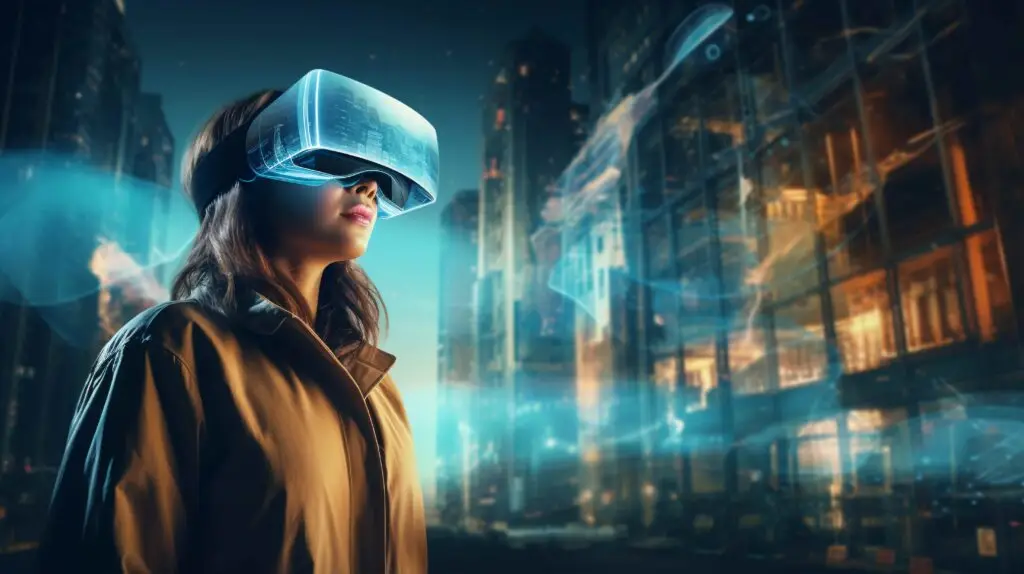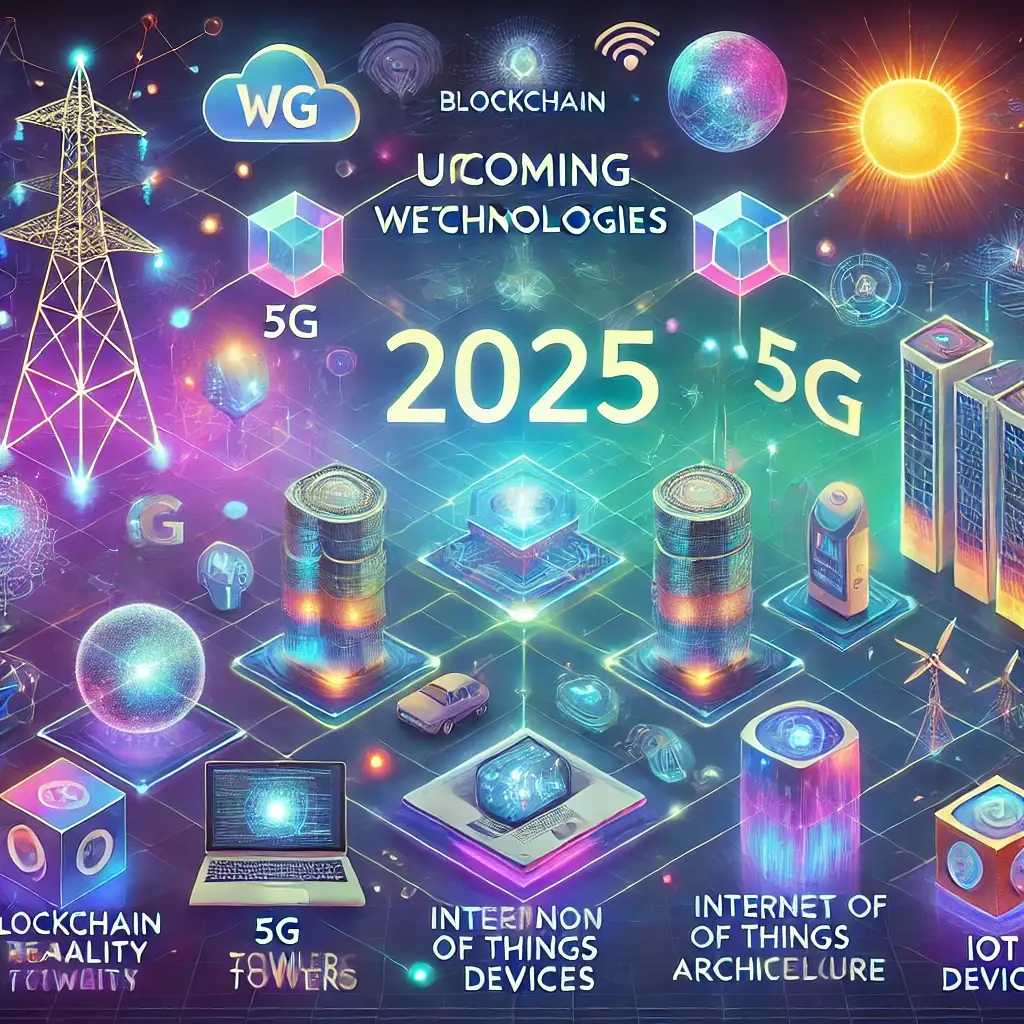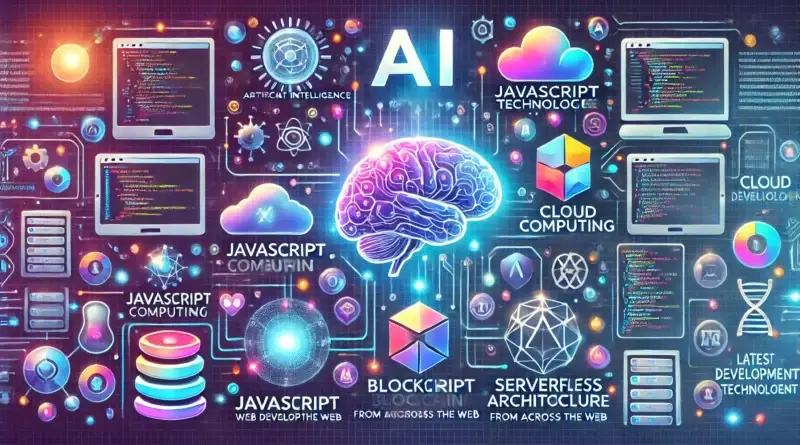Latest Web Development Technologies Trends Innovations in 2025
Web development continues to evolve at a rapid pace. With 2025 around the corner, understanding the latest trends and technologies is essential for IT professionals and students who aim to stay competitive. This guide highlights the most important new technologies for 2025, why they matter, and how they differ from older trends.
But what exactly are these groundbreaking trends, and how will they impact the future of development? This guide will uncover the most exciting new technologies set to dominate in 2025.
We’ll explore why these innovations are crucial for IT professionals and students who want to stay competitive. You’ll also see how they differ from older trends, and what could happen if you don’t adapt.
Ready to dive into the future of web development? Let’s find out what’s coming next!

Why Staying Updated with Latest Web Development Technologies is Important for 2025
Adopting new technologies and trends ensures that developers remain in demand and produce applications that meet current user expectations. If IT professionals and students do not keep up with these advancements, they risk falling behind in the job market and missing opportunities to work on cutting-edge projects.
Impact of Not Following Latest Trends:
- Limited career growth and job opportunities.
- Difficulty adapting to new tools and frameworks.
- Reduced ability to build modern, user-friendly applications.
Benefits of Following Latest Trends:
- Improved job prospects and higher salary potential.
- Ability to create innovative, efficient, and scalable web solutions.
- Greater adaptability to new tools and technologies.

Table: Old vs. New Trends
| Old Technologies | New Technologies (2025) | Key Differences |
|---|---|---|
| Traditional CMS like WordPress | Headless CMS (e.g., Strapi, Contentful) | Decoupled architecture for better scalability and flexibility. |
| Static web pages (HTML/CSS) | JAMstack (e.g., Next.js, Nuxt.js) | Enhanced performance, security, and modularity. |
| Monolithic web apps (server-side) | Serverless architecture (e.g., AWS Lambda, Azure Functions) | Reduced infrastructure management, cost, and latency. |
| Basic SEO techniques | Advanced AI-driven SEO tools | Personalized, data-driven optimization for better rankings. |
| Classic web designs | Motion UI and interactive designs | Improved user engagement with modern animations. |
| Simple chatbots | Advanced AI-powered chatbots | Human-like, context-aware, and multi-language support. |
| Traditional databases (SQL) | NoSQL databases (e.g., MongoDB, Firebase) | More scalable, flexible storage for unstructured data. |
| Basic cybersecurity measures | Enhanced cybersecurity with AI monitoring | Proactive threat detection and real-time mitigation. |
| Basic hosting servers | Edge computing | Faster response times by processing data closer to users. |
| Heavy frameworks | Lightweight libraries (e.g., Alpine.js, Svelte) | Faster, easier to maintain, and optimized for performance. |

Top Coming New Technologies List
Artificial Intelligence (AI) in Web Development
AI-driven development tools, such as machine learning-powered coding assistants and advanced chatbots, are transforming web applications by making them smarter, more interactive, and capable of providing personalized user experiences. These tools enable developers to automate repetitive tasks, optimize performance, and improve user engagement through intelligent, context-aware interactions.
JAMstack Architecture
JAMstack, which stands for JavaScript, APIs, and Markup, revolutionizes traditional web architecture by delivering enhanced performance, scalability, and security. Unlike conventional server-side rendering, JAMstack pre-renders content for lightning-fast load times and eliminates the dependency on complex backend systems, making it a favorite for developers prioritizing user experience and reliability.
Serverless Computing
Platforms like AWS Lambda and Azure Functions are simplifying backend operations by allowing developers to focus on code instead of infrastructure.
Motion UI
Adding animations and interactive transitions to web interfaces to create a dynamic, immersive user experience, ensuring better retention and engagement.
Advanced SEO Techniques
AI-powered tools for on-page and off-page SEO provide real-time analysis, generate keyword recommendations, and offer predictive analytics to optimize personalized search results. These tools enable developers to monitor trends, adapt to algorithm changes, and ensure higher rankings by focusing on user-specific queries and behaviors.
Progressive Web Apps (PWAs)
PWAs combine the best of web and mobile apps by providing offline capabilities, faster load times, and a seamless user experience. They leverage features such as push notifications and home screen installation to mimic native app functionalities, making them a cost-effective alternative to traditional mobile app development.
Blockchain Integration
Beyond cryptocurrency, blockchain is revolutionizing industries by enhancing security, transparency, and efficiency in decentralized applications. Its use in smart contracts, supply chain management, and secure data sharing ensures tamper-proof records and builds trust in processes that traditionally required intermediaries.
Cybersecurity Enhancements with AI
Proactive AI-based monitoring employs machine learning and predictive analytics to identify potential vulnerabilities in real-time, analyze patterns of suspicious activities, and implement automated mitigation strategies. By continuously adapting to new threat vectors, it ensures robust protection against evolving cybersecurity risks.
Low-Code and No-Code Platforms
Tools like Webflow and Bubble are transforming the web development landscape by enabling faster development with minimal coding. These platforms provide intuitive drag-and-drop interfaces, pre-built templates, and powerful integrations, making it easier for developers, startups, and non-technical users to create robust web applications. With minimal coding requirements, teams can quickly prototype ideas, iterate designs, and deploy websites and apps efficiently, expanding access to web development to a wider range of users, including those without extensive programming knowledge.
Edge Computing
Reducing latency and improving speed by processing data closer to users instead of relying on centralized servers.
Upcoming Technologies to Watch in 2025
The year 2025 is set to witness groundbreaking advancements in web development technologies that will redefine the way we interact with the internet. Here’s a detailed look at the technologies that will dominate the web development landscape and their potential impact.
1. Web3 and Decentralized Web
What It Is:
Web3 leverages blockchain technology to create a decentralized web, emphasizing user control, privacy, and transparency. Unlike the current centralized web (Web2), where corporations control data, Web3 empowers users by allowing them to own and control their data.Applications:
- Decentralized apps (DApps) for finance, gaming, and social media.
- Enhanced security and reduced censorship.
- Cryptocurrencies and tokenized rewards.
Why It Matters:
It democratizes the internet, giving users full control over their digital identities and reducing reliance on centralized platforms.
2. 5G Integration for Web Applications
What It Is:
With 5G technology becoming widespread, web applications will enjoy ultra-low latency and higher bandwidth, paving the way for seamless, real-time interactions.Applications:
- Streaming high-resolution content without buffering.
- Enhanced mobile app performance.
- Supporting IoT devices for smart homes and industries.
Why It Matters:
5G will enable immersive user experiences, such as virtual reality (VR) and augmented reality (AR), on the web with faster response times.
3. Augmented Reality (AR) on the Web
What It Is:
AR enhances real-world environments by overlaying digital elements. The WebXR API facilitates AR experiences directly in web browsers without needing dedicated apps.Applications:
- Virtual try-on for e-commerce (clothes, glasses, furniture).
- Interactive learning modules for education.
- Enhanced gaming experiences.
Why It Matters:
AR on the web eliminates app installation barriers, making immersive experiences accessible to more users.
4. Quantum Computing Impact
What It Is:
Quantum computing uses quantum bits (qubits) for calculations, making it exponentially faster for solving complex problems compared to traditional computing.Applications:
- Breaking encryption methods, pushing for new cybersecurity protocols.
- Optimizing AI models and big data processing.
- Revolutionizing search algorithms and personalization.
Why It Matters:
Quantum computing will redefine how we handle data security and computations, leading to more robust and efficient web applications.
5. Artificial Intelligence and Machine Learning (AI/ML)
What It Is:
AI and ML will continue to be integrated into web development for smarter, adaptive applications.Applications:
- AI-driven chatbots for real-time user support.
- Personalized content recommendations based on user behavior.
- Advanced analytics and predictions.
Why It Matters:
AI/ML improves user engagement and streamlines operations, making web applications smarter and more intuitive.
6. Green Web Technologies
What It Is:
Emphasizing energy-efficient hosting, sustainable coding practices, and minimal carbon footprints.Applications:
- Data centers powered by renewable energy.
- Optimization techniques to reduce bandwidth usage.
- Eco-friendly website designs and server management.
Why It Matters:
With growing environmental concerns, green web development aligns with global sustainability goals.
7. Internet of Things (IoT) Integration
What It Is:
IoT connects devices to exchange data, enabling smarter environments.Applications:
- Smart city management tools.
- Real-time monitoring in healthcare and manufacturing.
- Integrated home automation systems.
Why It Matters:
IoT expands the web’s reach, enabling real-time, interconnected systems that improve quality of life.
8. Edge Computing
What It Is:
Processes data closer to the source (user device) instead of relying on centralized servers.Applications:
- Real-time analytics for IoT devices.
- Faster content delivery for video streaming platforms.
- Improved gaming experiences with reduced lag.
Why It Matters:
It reduces latency, enhances speed, and provides a better user experience.
9. Advanced API Governance
What It Is:
API governance focuses on secure, scalable, and reliable API management to support complex web ecosystems.Applications:
- Secure integrations between microservices.
- Enhanced API monetization for businesses.
- Real-time tracking and analytics of API usage.
Why It Matters:
Effective API governance ensures smooth communication between systems, enhancing overall application reliability.
10. No-Code and Low-Code Platforms
What It Is:
These platforms enable users to build applications without writing extensive code, using drag-and-drop interfaces.Applications:
- Rapid prototyping for startups.
- Easy customization of business tools.
- Empowering non-developers to create solutions.
Why It Matters:
Democratizes application development, making it accessible to non-technical users.
11. Cybersecurity Innovations
What It Is:
With cyber threats on the rise, advanced security measures like biometric authentication, AI-powered threat detection, and post-quantum cryptography are gaining traction.Applications:
- Protecting user data from breaches.
- Enhanced fraud detection systems.
- Secure digital payment solutions.
Why It Matters:
Strengthened security builds user trust and safeguards sensitive data.
12. Motion UI and Interactive Designs
What It Is:
Advanced animation and interaction techniques for engaging user interfaces.Applications:
- Dynamic scrolling and hover effects.
- Smooth transitions and micro-interactions.
- Interactive tutorials and guides.
Why It Matters:
Engaging designs improve user experience and retention rates.
Staying up-to-date with the latest development technologies. it’s essential for career growth and maintaining competitive skills. The transition from older to newer technologies brings significant benefits, such as enhanced performance, user experience, and security. By understanding and adopting these advancements, IT professionals and students can build modern web solutions that meet user expectations and market demands.


Pingback: Top 10 Best Free AI Tools For Web Development In 2025
Pingback: Future Of Web Development Trends And Technologies For 2025